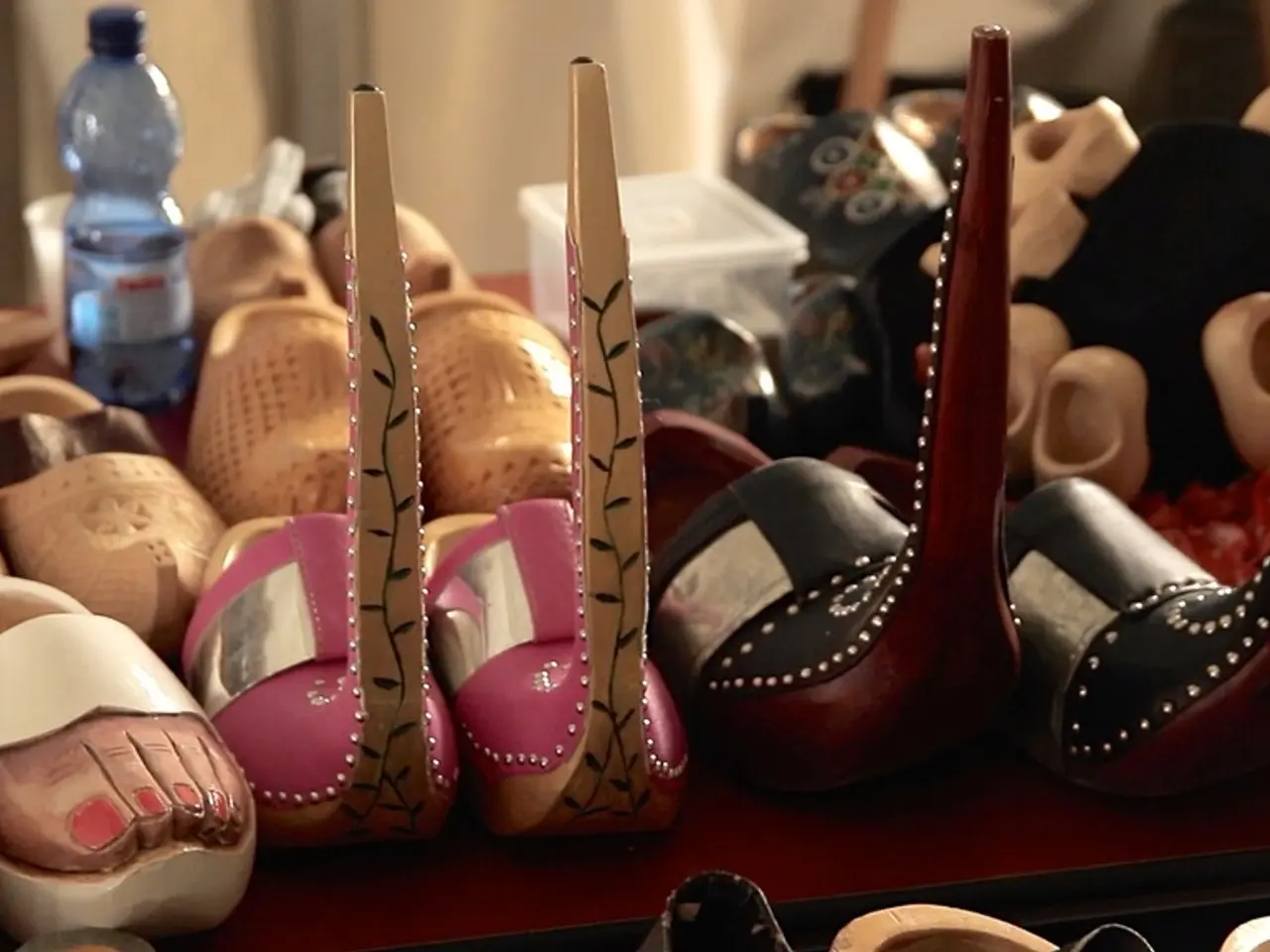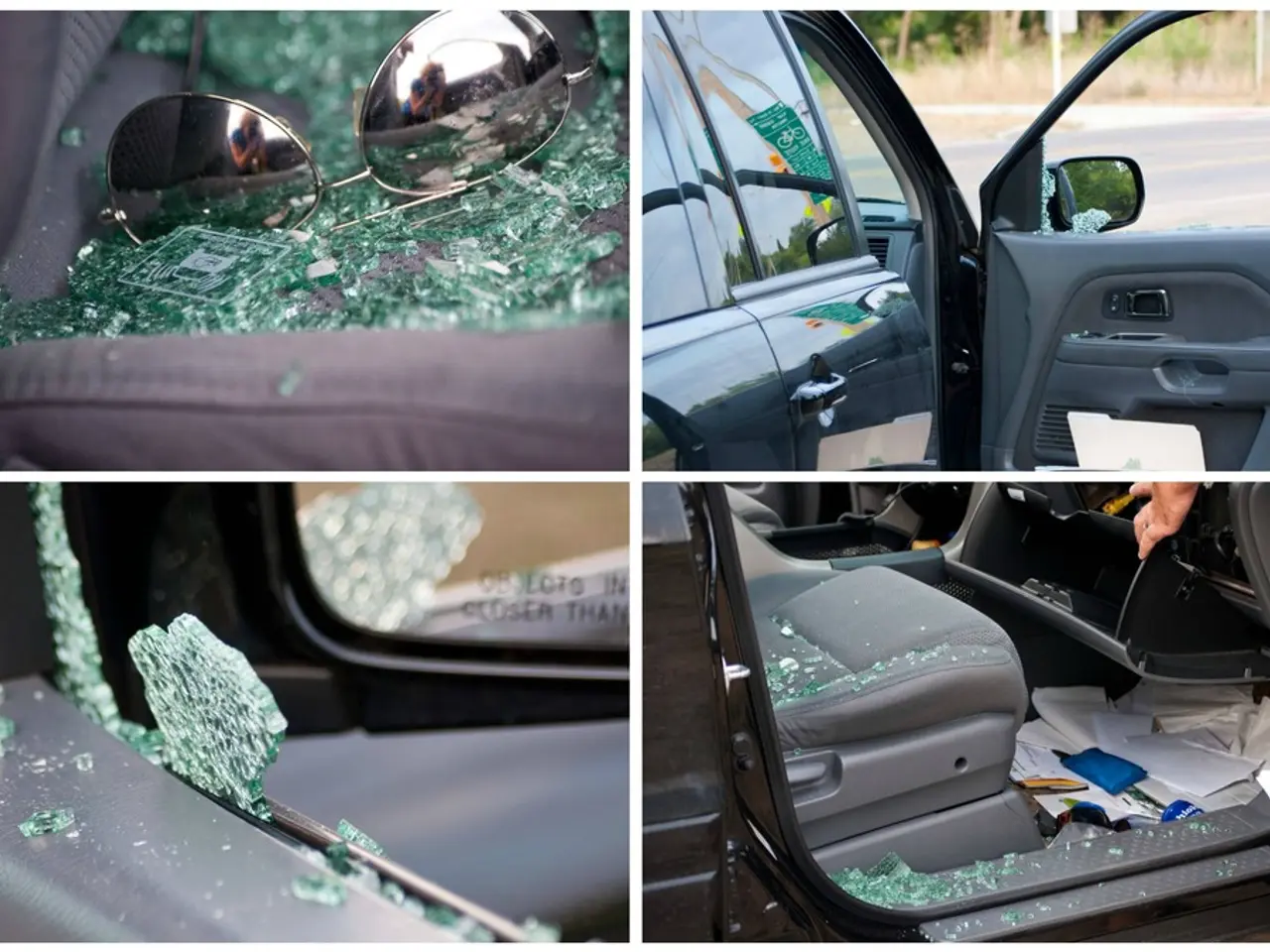China's Dominance in Rare Earths Production Under Scrutiny by Global Industry
Amidst global trade conflicts and geopolitical tensions, European countries are actively working towards diversifying their supply sources for critical raw materials, particularly rare earths. This strategic move aims to reduce dependence on China, which currently dominates the global markets for these materials.
Key Strategies ----------------
1. **Strategic Raw Materials Projects in Third Countries**
The European Union (EU) has identified and announced 13 strategic projects outside its borders, focusing on the extraction, processing, and recycling of critical raw materials such as lithium, cobalt, rare earth elements, nickel, graphite, and tungsten. These projects are located across several continents, including Africa, Latin America, and Asia, as well as in overseas territories like New Caledonia. This initiative seeks to diversify supply sources and reduce reliance on China.
2. **Diversification via Partnerships and Investments**
The EU is establishing collaborations with resource-rich countries such as Ukraine and the UK to secure alternative supply chains. Strengthening these partnerships helps enhance supply chain resilience and reduces vulnerability to supply disruptions and political leverage associated with concentrated sources.
3. **Implementing the Critical Raw Materials Act (CRMA)**
The CRMA sets ambitious benchmarks to increase European self-sufficiency. By 2030, at least 10% of strategic raw materials consumed annually should be extracted within the EU, 40% should be processed within the EU, and 15% should be recycled. Accelerated permitting timelines for mining and processing projects are also part of the Act to fast-track development without compromising environmental and safety standards.
4. **Focusing on Critical Materials for Green Technologies**
These strategies are closely aligned with Europe’s green transition goals, ensuring the availability of materials necessary for electric vehicle batteries, energy storage, wind turbine magnets, and digital industries.
5. **Engagement and Negotiation with China**
Despite diversification efforts, EU leaders continue diplomatic engagement, aiming to secure better access to Chinese rare earths and critical minerals through dialogue, recognizing China’s predominant role in global rare earth markets.
Impact and Outlook -------------------
These measures are projected to significantly reduce the EU’s rare earth dependence on China from around 98% to 65% by 2030, improving supply security and industrial autonomy. The diversification will potentially stabilize global prices and reshape supply patterns by reducing market concentration and fostering alternative supply routes. The EU’s comprehensive approach balances internal capacity building, external partnerships, and diplomatic engagement to navigate the competitive global landscape of critical raw materials.
Challenges remain, however, as China justifies the controls on rare earths by stating that they are used for both civilian and military purposes. Industries outside China, including German automotive and machinery sectors, are under significant pressure due to China's rare earth export restrictions. Companies are also concerned about the supply of important metals used in sensors and electric motors. Despite existing promotion, the lack of progress in expanding Germany's rare earth extraction and processing capabilities continues.
In summary, European countries are addressing critical raw material dependency on China through a multi-pronged approach involving diversification of supply sources via international projects and partnerships, domestic extraction and processing expansion under the CRMA, accelerated project approvals, and continued diplomacy with China to safeguard and stabilize supply chains vital for future economic and technological resilience.
- The EU's strategic raw materials projects, which focus on extraction, processing, and recycling of various critical raw materials like lithium, cobalt, and rare earth elements, are being implemented in third countries, including Africa, Latin America, Asia, and overseas territories, as a part of the effort to reduce reliance on China.
- To secure alternative supply chains, the EU is forming collaborations with resource-rich countries like Ukraine and the UK, with the aim of enhancing supply chain resilience and reducing vulnerability to supply disruptions and political leverage.
- The Critical Raw Materials Act (CRMA) of the EU has been introduced with the aim of increasing European self-sufficiency, setting benchmarks for extraction, processing, and recycling a significant portion of strategic raw materials within the EU by 2030.
- The EU's strategies for critical materials are aligned with the green transition goals, ensuring the availability of materials necessary for electric vehicle batteries, energy storage, wind turbine magnets, and digital industries.
- Despite diversification efforts, EU leaders continue diplomatic engagement with China to secure better access to Chinese rare earths and critical minerals, recognizing China’s predominant role in global rare earth markets.







